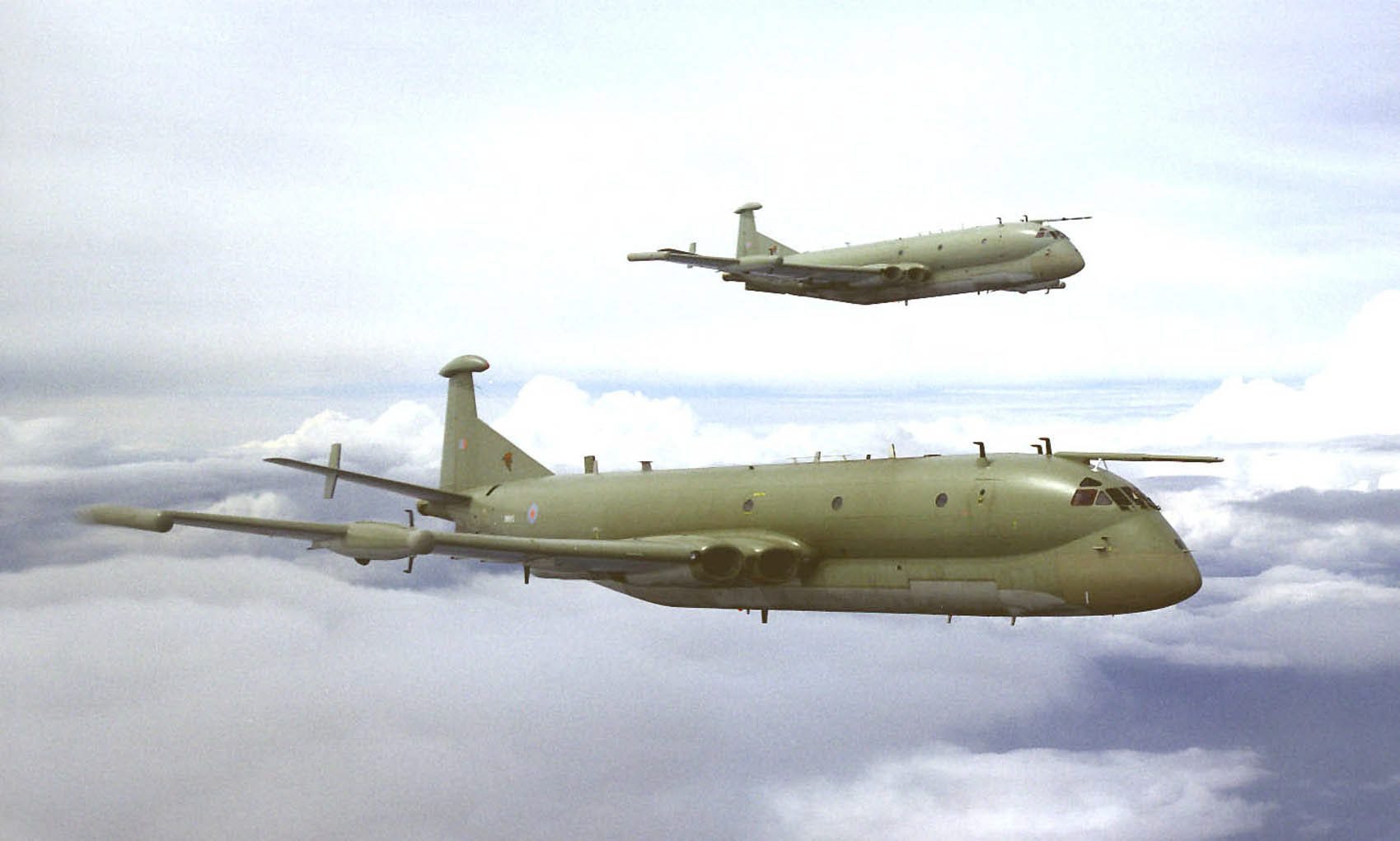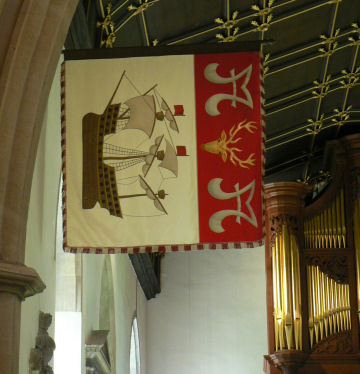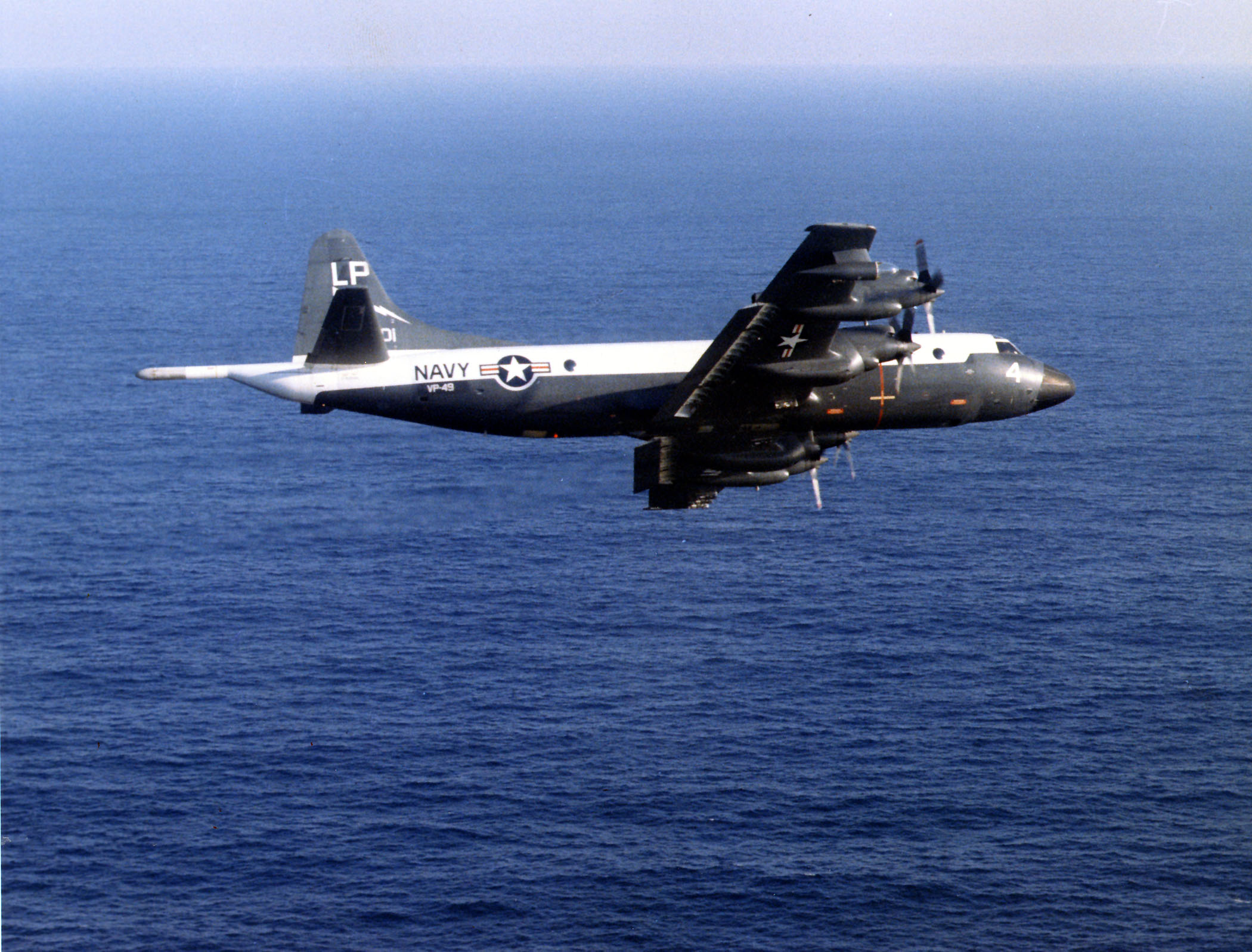|
Hawker Siddeley Nimrod
The Hawker Siddeley Nimrod is a retired maritime patrol aircraft developed and operated by the United Kingdom. It was an extensive modification of the de Havilland Comet, the world's first operational jet airliner. It was originally designed by de Havilland's successor firm, Hawker Siddeley; further development and maintenance work was undertaken by Hawker Siddeley's own successor companies, British Aerospace and, later, BAE Systems. Designed in response to a requirement issued by the Royal Air Force (RAF) to replace its fleet of ageing Avro Shackletons, the ''Nimrod MR1''/''MR2''s were fixed-wing aerial platforms primarily for anti-submarine warfare (ASW) operations; secondary roles included maritime surveillance and anti-surface warfare. It served from the early 1970s until March 2010.Cook, James"Final air miles for 'spy in the sky' crews."''BBC,'' 26 March 2010. Retrieved 20 October 2010. The intended replacement was to be extensively rebuilt Nimrod MR2s, designated Nimro ... [...More Info...] [...Related Items...] OR: [Wikipedia] [Google] [Baidu] |
WikiProject Aircraft
A WikiProject, or Wikiproject, is an affinity group for contributors with shared goals within the Wikimedia movement. WikiProjects are prevalent within the largest wiki, Wikipedia, and exist to varying degrees within Wikimedia project, sibling projects such as Wiktionary, Wikiquote, Wikidata, and Wikisource. They also exist in different languages, and translation of articles is a form of their collaboration. During the COVID-19 pandemic, CBS News noted the role of Wikipedia's WikiProject Medicine in maintaining the accuracy of articles related to the disease. Another WikiProject that has drawn attention is WikiProject Women Scientists, which was profiled by ''Smithsonian Magazine, Smithsonian'' for its efforts to improve coverage of women scientists which the profile noted had "helped increase the number of female scientists on Wikipedia from around 1,600 to over 5,000". On Wikipedia Some Wikipedia WikiProjects are substantial enough to engage in cooperative activities with outsi ... [...More Info...] [...Related Items...] OR: [Wikipedia] [Google] [Baidu] |
ELINT
Signals intelligence (SIGINT) is the act and field of intelligence-gathering by interception of ''signals'', whether communications between people (communications intelligence—abbreviated to COMINT) or from electronic signals not directly used in communication (electronic intelligence—abbreviated to ELINT). As classified and sensitive information is usually encrypted, signals intelligence may necessarily involve cryptanalysis (to decipher the messages). Traffic analysis—the study of who is signaling to whom and in what quantity—is also used to integrate information, and it may complement cryptanalysis. History Origins Electronic interceptions appeared as early as 1900, during the Boer War of 1899–1902. The British Royal Navy had installed wireless sets produced by Marconi on board their ships in the late 1890s, and the British Army used some limited wireless signalling. The Boers captured some wireless sets and used them to make vital transmissions. Since the ... [...More Info...] [...Related Items...] OR: [Wikipedia] [Google] [Baidu] |
Turbofan
A turbofan or fanjet is a type of airbreathing jet engine that is widely used in aircraft engine, aircraft propulsion. The word "turbofan" is a combination of references to the preceding generation engine technology of the turbojet and the additional fan stage. It consists of a gas turbine engine which achieves mechanical energy from combustion, and a ducted fan that uses the mechanical energy from the gas turbine to force air rearwards. Thus, whereas all the air taken in by a turbojet passes through the combustion chamber and turbines, in a turbofan some of that air bypasses these components. A turbofan thus can be thought of as a turbojet being used to drive a ducted fan, with both of these contributing to the thrust. The ratio of the mass-flow of air bypassing the engine core to the mass-flow of air passing through the core is referred to as the bypass ratio. The engine produces thrust through a combination of these two portions working together. Engines that use more Propel ... [...More Info...] [...Related Items...] OR: [Wikipedia] [Google] [Baidu] |
Rolls-Royce Spey
The Rolls-Royce Spey (company designations RB.163 and RB.168 and RB.183) is a low-bypass turbofan engine originally designed and manufactured by Rolls-Royce that has been in widespread service for over 40 years. A co-development version of the Spey between Rolls-Royce and Allison in the 1960s is the Allison TF41. Intended for the smaller civilian jet airliner market when it was being designed in the late 1950s, the Spey concept was also used in various military engines, and later as a turboshaft engine for ships known as the Marine Spey, and even as the basis for a new civilian line, the Rolls-Royce RB.183 Tay. Aviation versions of the base model Spey have accumulated over 50 million hours of flight time. In keeping with Rolls-Royce naming practices, the engine is named after the River Spey. Design and development In 1954 Rolls-Royce introduced the first commercial bypass engine, the Rolls-Royce Conway, with 17,500 lbf (78 kN) of thrust aimed at what was then the ... [...More Info...] [...Related Items...] OR: [Wikipedia] [Google] [Baidu] |
Turbojet
The turbojet is an airbreathing jet engine which is typically used in aircraft. It consists of a gas turbine with a propelling nozzle. The gas turbine has an air inlet which includes inlet guide vanes, a compressor, a combustion chamber, and a turbine (that drives the compressor). The compressed air from the compressor is heated by burning fuel in the combustion chamber and then allowed to expand through the turbine. The turbine exhaust is then expanded in the propelling nozzle where it is accelerated to high speed to provide thrust. Two engineers, Frank Whittle in the United Kingdom and Hans von Ohain in Germany, developed the concept independently into practical engines during the late 1930s. Turbojets have poor efficiency at low vehicle speeds, which limits their usefulness in vehicles other than aircraft. Turbojet engines have been used in isolated cases to power vehicles other than aircraft, typically for attempts on land speed records. Where vehicles are "turbine-powere ... [...More Info...] [...Related Items...] OR: [Wikipedia] [Google] [Baidu] |
Harold Wilson
James Harold Wilson, Baron Wilson of Rievaulx (11 March 1916 – 23 May 1995) was a British statesman and Labour Party (UK), Labour Party politician who twice served as Prime Minister of the United Kingdom, from 1964 to 1970 and again from 1974 to 1976. He was Leader of the Labour Party (UK), Leader of the Labour Party from 1963 to 1976, Leader of the Opposition (United Kingdom), Leader of the Opposition twice from 1963 to 1964 and again from 1970 to 1974, and a Member of Parliament (United Kingdom), Member of Parliament (MP) from 1945 United Kingdom general election, 1945 to 1983 United Kingdom general election, 1983. Wilson is the only Labour leader to have formed administrations following four general elections. Born in Huddersfield, Yorkshire, to a politically active lower middle-class family, Wilson studied a combined degree of philosophy, politics and economics at Jesus College, Oxford. He was later an Economic History lecturer at New College, Oxford, and a research fello ... [...More Info...] [...Related Items...] OR: [Wikipedia] [Google] [Baidu] |
Vickers VC10
The Vickers VC10 is a retired mid-sized, narrow-body long-range British jet airliner designed and built by Vickers-Armstrongs (Aircraft) Ltd and first flown at Brooklands, Surrey, in 1962. The VC10 is often compared to the larger Soviet Ilyushin Il-62, the two types being the only airliners to use a rear-engined quad layout, while the smaller Lockheed JetStar business jet also has this engine arrangement. The VC10 was designed to operate on long-distance routes from the shorter runways of the era and commanded excellent hot and high performance for operations from African airports. The performance of the VC10 was such that it achieved the fastest crossing of the Atlantic by a subsonic jet airliner of 5 hours and 1 minute, a record that was held for 41 years, until February 2020 when a British Airways Boeing 747 broke the record at 4 hours 56 minutes due to Storm Ciara. Only the supersonic Concorde was faster at 2 hours, 52 minutes, 59 seconds. Although only a relatively sm ... [...More Info...] [...Related Items...] OR: [Wikipedia] [Google] [Baidu] |
BAC One-Eleven
The BAC One-Eleven (BAC-111, BAC 1-11) is a retired early jet airliner produced by the British Aircraft Corporation (BAC). Conceived by Hunting Aircraft as a 30-seat jet, before its merger into BAC in 1960, it was launched as an 80-seat airliner with a British United Airways (BUA) order on 9 May 1961. The prototype conducted its maiden flight on 20 August 1963, and it was first delivered to BUA on 22 January 1965. The 119-seat, stretched 500 series was introduced in 1967. Total production amounted to 244 until 1982 in the United Kingdom including 1982 to 1989 in Romania where nine Rombac One-Elevens were licence-built by Romaero. The short haul, narrowbody aircraft was powered by aft-mounted Rolls-Royce Spey low-bypass turbofans, a configuration similar to the earlier Sud Aviation Caravelle and later McDonnell Douglas DC-9, Douglas DC-9. It competed with early Boeing 737 models and was used by British, US, and European airlines, including Romanian operators. It was replaced ... [...More Info...] [...Related Items...] OR: [Wikipedia] [Google] [Baidu] |
Hawker Siddeley Trident
The Hawker Siddeley HS-121 Trident (originally the de Havilland DH.121 and briefly the Airco DH.121) is a British airliner produced by Hawker Siddeley. In 1957, de Havilland proposed its DH.121 trijet design to a British European Airways (BEA) request. By 1960, de Havilland had been acquired by Hawker Siddeley. The Trident's maiden flight happened on 9 January 1962, and it was introduced on 1 April 1964, two months after its main competitor, the Boeing 727. By the end of the programme in 1978, 117 Tridents had been produced. The Trident was withdrawn from service in 1995. The jetliner is powered by three rear-mounted Rolls-Royce Spey low-bypass turbofans, it has a low swept wing and a T-tail. Advanced avionics allowed it to be the first airliner to make a blind landing in revenue service in 1965. The initial Trident 1/2 could seat 101–115 passengers over up to . The Trident 3 was stretched by to seat 180 over , and had an additional RB.162 booster engine in the tail. ... [...More Info...] [...Related Items...] OR: [Wikipedia] [Google] [Baidu] |
Breguet Atlantic
Breguet may refer to: * Breguet (watch), watch manufacturer **Abraham-Louis Breguet (1747–1823), Swiss watchmaker ** Louis-François-Clement Breguet (1804–1883), French physicist, watchmaker, electrical and telegraph work * Breguet Aviation, a defunct French aircraft manufacturer **Louis Charles Breguet (1880–1955), French airplane designer * Breguet School, now known as École supérieure d'ingénieurs en électronique et électrotechnique ESIEE (previously named ''École supérieure d'ingénieurs en électrotechnique et électronique'' ) is a network of French graduate schools ("French Grande Ecole") composed of two graduate schools of engineering known as ESIEE Paris, ESIEE Amiens ... (ESIEE) See also * {{disambiguation ... [...More Info...] [...Related Items...] OR: [Wikipedia] [Google] [Baidu] |
Lockheed P-3 Orion
The Lockheed P-3 Orion is a four-engined, turboprop Anti-submarine warfare, anti-submarine and maritime patrol aircraft, maritime surveillance aircraft developed for the United States Navy and introduced in the 1960s. It is based on the Lockheed L-188 Electra, L-188 Electra commercial airliner by Lockheed Corporation, Lockheed; it is easily distinguished from the Electra by its distinctive tail stinger or "MAD" boom, used for the Magnetic anomaly detector, magnetic anomaly detection (MAD) of submarines. Over the years, the P-3 has seen numerous design developments, most notably in its electronics packages. Numerous navies and air forces around the world continue to use the type primarily for maritime patrol, reconnaissance, anti-surface warfare and anti-submarine warfare. A total of 757 P-3s have been built. In 2012, it joined the handful of military aircraft including the Boeing B-52 Stratofortress, Boeing KC-135 Stratotanker, and Lockheed C-130 Hercules that the United States m ... [...More Info...] [...Related Items...] OR: [Wikipedia] [Google] [Baidu] |







